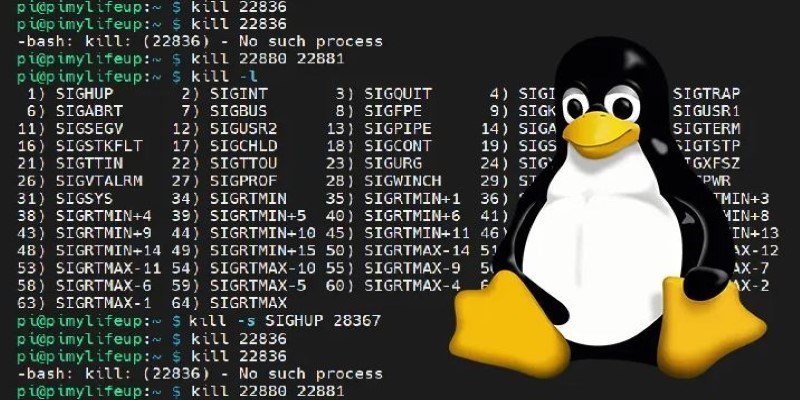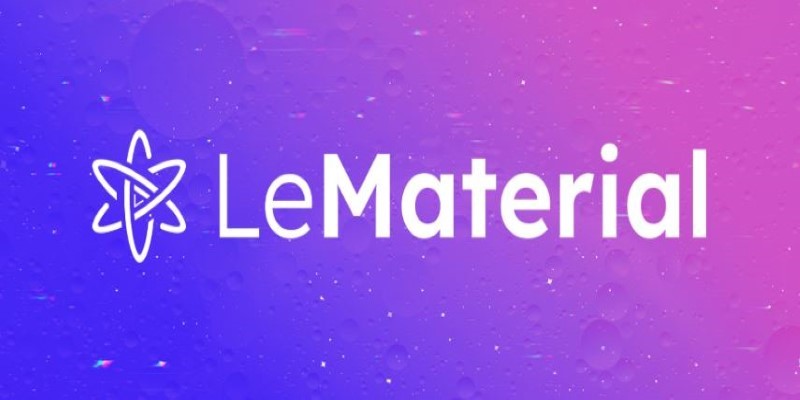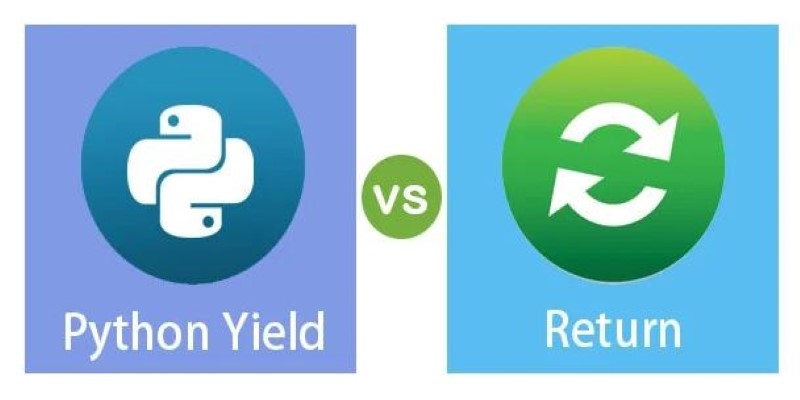Advertisement
Google has quietly but officially released CodeGemma, a new addition to its family of large language models designed specifically for writing code. While many associate Google with search and cloud tools, it's now carving out a space in the AI development toolchain by creating open and fine-tuned models aimed at real-world coding use cases.
CodeGemma isn't just another AI that spits out Python or JavaScript—it's part of a broader shift toward smarter and more accessible programming tools. It's built to assist not only engineers but also anyone experimenting with code—from data scientists to researchers and educators.
CodeGemma is a set of open-source code generation models built on Google’s Gemini family of large language models. Unlike general-purpose language models, CodeGemma has been fine-tuned specifically to write, complete, and reason about code in a range of programming languages. It comes in three versions—CodeGemma 7B, CodeGemma 2B, and CodeGemma 7B-instruct. Each version is optimized for different tasks and resource availability. For example, the 2B variant can run on a single GPU, making it accessible for developers without access to high-end hardware.
The "instruct" version of CodeGemma is tuned to follow natural language prompts, which makes it useful in interactive environments. That means you can describe what you want—like asking it to write a function or fix a bug—and get back readable, executable code. CodeGemma is trained using a mixture of programming languages, with a heavy emphasis on Python, which reflects how much Python dominates modern scripting, data analysis, and AI workflows.
There’s already a crowd of code-generating models—GitHub Copilot (powered by OpenAI), Meta's Code Llama, and Mistral’s recent tools are a few examples. So, what makes CodeGemma different?

The biggest shift with CodeGemma is its accessibility and openness. Google has released the model weights under a permissive license, meaning anyone can download and run the models locally or integrate them into their projects without being locked into a proprietary ecosystem. This positions CodeGemma as a more developer-friendly alternative for those who want to work offline, on their terms, or tailor the model's output for specific environments.
It’s also engineered to work well in context—handling in-fill coding (writing code between existing lines), code completion, and natural language instruction. This means it isn't just generating new files from scratch. It can slot into existing workflows, helping developers write boilerplate code, test logic, or refactor legacy functions.
Performance benchmarks published by Google show CodeGemma holding its own against other models of similar size. On datasets like HumanEval and MBPP, which test code generation and problem-solving ability, it performs competitively. The instruct-tuned version shows promising fluency in understanding user intent across a wide range of coding-related tasks.
One of the biggest draws of CodeGemma is its adaptability across different types of programming environments. It's useful in both beginner and advanced settings. In learning environments, students can use CodeGemma to see how functions are structured or to get hints without copying full answers. It can break down problems into manageable steps, offering explanations that mirror how a tutor might teach.
For professionals, it becomes a time-saving assistant. It can write repetitive functions, suggest better ways to organize logic, or help document APIs. It also offers a helpful tool for code reviews. By pasting in snippets, users can prompt CodeGemma to find issues or suggest alternatives. This reduces mental fatigue during long coding sessions or large codebase overhauls.
Data scientists and ML engineers, in particular, can benefit from its strong Python support. Tasks like data wrangling, feature extraction, or writing small pipeline functions can be offloaded to CodeGemma with minimal prompting. Researchers who write simulation scripts or academic code can get structured output while keeping their unique logic intact.
Another niche use is in embedded and mobile development, where developers work with constrained environments. The 2B model can run without needing cloud access or high-end GPUs, which makes it possible to embed CodeGemma within local development environments or tools—something not all models can do easily.
CodeGemma isn't just about writing better code faster. It fits into a broader movement where AI tools are being developed to augment, rather than replace, human developers. Code LLMs are evolving from novelty tools to parts of serious workflows, and Google’s approach reflects that shift. By focusing on transparency, instruction-following, and support for various computing environments, CodeGemma appeals to those who want a reliable, repeatable, and customizable solution.

It also contributes to the open-source community in a meaningful way. Many organizations, especially in education and research, are wary of relying on closed systems. CodeGemma provides these users with a trusted and reproducible tool that doesn't rely on constant internet access or a monthly subscription.
The timing is notable, too. With Gemini being pushed as Google's answer to frontier models like GPT-4 and Claude, the release of a code-specific model signals Google's long-term investment in practical, developer-facing AI. The focus isn't just on flashy demos but on tools that can be run and tested in real-world systems.
The long-term impact might show up not in flashy headlines but in how everyday coding tasks evolve. Over time, models like CodeGemma could reduce the barriers to entry in tech, making programming more about creativity and design thinking rather than syntax memorization or boilerplate repetition.
CodeGemma is a practical step forward in the growing field of code LLMs. Rather than aiming to replace developers, it offers real assistance—whether that means filling in code, explaining logic, or speeding up repetitive tasks. Its open release, strong performance, and low hardware requirements make it accessible to individuals and teams alike. Built to understand both code and natural language, it’s useful across different skill levels and coding styles. As AI tools continue to shape how we work, CodeGemma stands out by offering something reliable, usable, and free from unnecessary barriers. It's not flashy—just quietly effective.
Advertisement

Discover how AI adoption is evolving in 2025, including critical shifts, business risks, and future growth opportunities.

How to run a chatbot on your laptop with Phi-2 on Intel Meteor Lake. This setup offers fast, private, and cloud-free AI assistance without draining your system

Learn the basics and best practices for updating file permissions in Linux with chmod. Understand numeric and symbolic modes, use cases, and safe command usage

How to kill processes in Linux using the kill command. Understand signal types, usage examples, and safe process management techniques on Linux systems

LeMaterial is an open source platform designed to accelerate materials discovery through shared tools, data, and machine learning workflows. Discover how it’s reshaping collaboration in materials research

Know about 5 powerful AI tools that boost LinkedIn growth, enhance engagement, and help you build a strong professional presence

How llamafiles simplify LLM execution by offering a self-contained executable that eliminates setup hassles, supports local use, and works across platforms

Discover Nvidia’s latest AI Enterprise Suite updates, featuring faster deployment, cloud support, advanced AI tools, and more

Microsoft’s new AI model Muse revolutionizes video game creation by generating gameplay and visuals, empowering developers like never before

Master data preparation with Power Query in Power BI. Learn how to clean, transform, and combine datasets using simple steps that streamline your reporting process

Learn everything about file handling in Python with this hands-on guide. Understand how to read and write files in Python through clear, practical methods anyone can follow

Understand what are the differences between yield and return in Python. Learn how these two Python functions behave, when to use them, and how they impact performance and memory